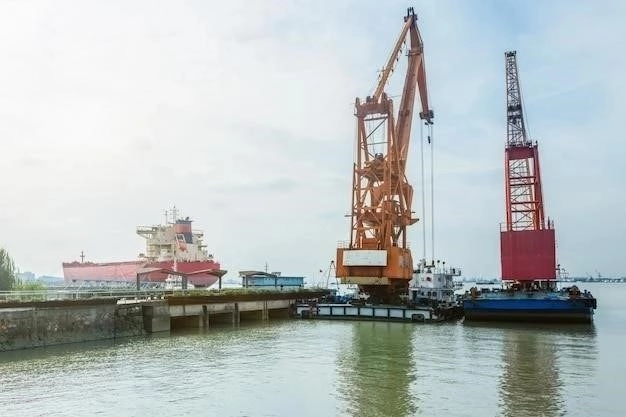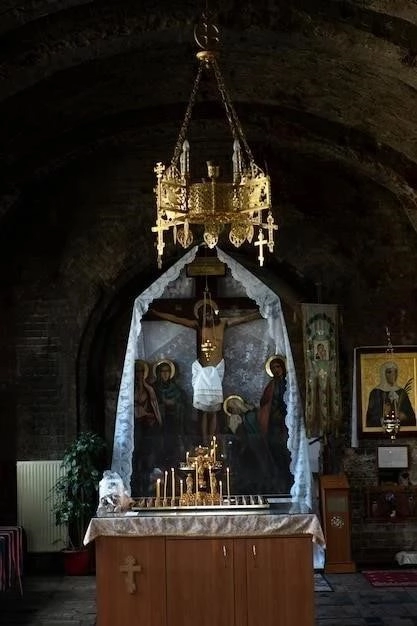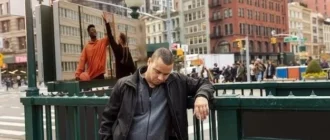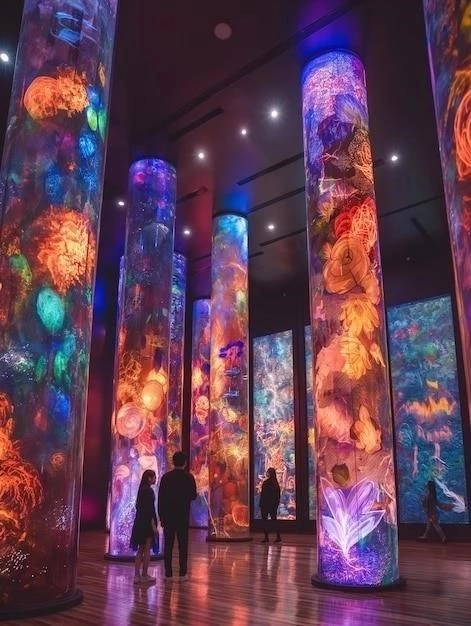The Vessel, a captivating and controversial landmark located within the sprawling Hudson Yards development in Manhattan, New York City, has become an emblem of both architectural ambition and public intrigue. Designed by Heatherwick Studio, the intricate lattice-like structure, resembling a honeycomb or a beehive, has drawn both admiration and criticism for its audacious design and the social implications it represents.
Conception and Design
The Vessel’s genesis can be traced back to the ambition of creating a distinctive social landmark within the nascent Hudson Yards development. Conceived by British designer Thomas Heatherwick and his firm, Heatherwick Studio, the structure was envisioned as an interactive sculpture, a focal point encouraging exploration and engagement. The design process drew inspiration from a diverse array of sources, notably the stepwells of Rajasthan, India, with their intricate interconnected staircases. This influence is evident in the Vessel’s cascading tiers of platforms and stairs, inviting visitors to ascend and experience a multitude of perspectives.
Heatherwick sought to create a structure that defied easy categorization, a hybrid of sculpture, architecture, and public art. The design deliberately avoids conventional notions of functionality, instead prioritizing the creation of a visually arresting form that prompts curiosity and exploration. The intricate latticework of staircases, crafted from steel and clad in a copper-colored finish, was generated through parametric design software, allowing for complex geometries and structural efficiency. This approach resulted in a design that appears both organic and futuristic, a testament to the fusion of cutting-edge technology and artistic vision.
Construction and Opening
The realization of the Vessel’s complex geometry posed significant engineering and construction challenges. The structure’s 154 intricately interwoven staircases, comprising 2,500 individual steps, and 80 landings, necessitated meticulous fabrication and assembly. The steel components were manufactured in Italy, chosen for its expertise in metalwork, and then shipped to New York for assembly on-site. This intricate logistical process, akin to a large-scale jigsaw puzzle, required precision engineering and coordination among a global team of specialists.
Following several years of planning and construction, the Vessel officially opened to the public in March 2019 as part of the first phase of the Hudson Yards development. The opening was met with considerable fanfare, heralded as a symbol of New York City’s continued ambition and architectural innovation. The Vessel quickly became a popular attraction, drawing crowds eager to experience its unique design and panoramic views of the city and the Hudson River. However, the structure’s opening was not without its controversies, sparking debates about public access, safety concerns, and the role of such extravagant projects in an evolving urban landscape.

Architectural Significance
The Vessel’s arrival on the architectural scene sparked immediate debate and discussion, its significance interwoven with both its formal qualities and the broader context of its placement. Advocates lauded its audacious form, a bold departure from conventional skyscrapers and public art. Its intricate lattice structure, a testament to the possibilities of parametric design and digital fabrication, pushed the boundaries of architectural expression. The interplay of light and shadow across its copper-clad surfaces, shifting throughout the day, created an ever-changing visual spectacle, further enhancing its dynamism.
However, critics questioned its functional ambiguity, a structure seemingly devoid of a defined purpose beyond visual spectacle. Some argued that its presence within the highly commercialized context of Hudson Yards reinforced notions of architecture as a vehicle for elite consumption rather than civic engagement. Nevertheless, the Vessel’s undeniable visual impact, its ability to capture the imagination and spark dialogue, solidified its position as a significant, albeit controversial, addition to the architectural landscape of New York City. Its presence continues to generate discourse on the evolving role of public art, the influence of technology on design, and the relationship between architecture and the public realm.
Public Reception and Controversy
From its unveiling, the Vessel elicited a polarized public response, embodying both the allure and the complexities of contemporary public art. While undeniably a visual spectacle, drawing throngs of visitors eager to experience its unique form and panoramic vistas, it also became a lightning rod for criticism, igniting debates about public safety, accessibility, and the privatization of public space.
The structure’s vertiginous height and open design, while central to its aesthetic appeal, raised concerns about the potential for falls. Tragically, these concerns materialized, leading to the Vessel’s temporary closure in 2021 following a series of suicides. The incident sparked a wave of grief and prompted a reassessment of the structure’s safety protocols and the ethical responsibilities of designers in mitigating potential risks. The Vessel’s subsequent reopening, implemented alongside enhanced safety measures, including raised barriers and increased security presence, underscored the delicate balance between fostering public engagement and ensuring visitor well-being.
Closure and Reopening
The Vessel’s soaring popularity came to an abrupt halt in 2021 when, following a series of tragic suicides, it was closed to the public. This somber turn of events cast a pall over the celebratory atmosphere that had initially surrounded the structure, forcing a reckoning with the unforeseen consequences of its design. The closures, initially temporary, became indefinite as the management grappled with implementing effective safety measures to prevent further tragedies.

After a period of intense scrutiny, public discourse, and design modifications, the Vessel reopened to the public in May 2023. The reopening, however, came with significant changes aimed at addressing the previous safety concerns. Most notably, visitors were no longer permitted to ascend the structure alone; a mandatory buddy system was implemented requiring groups of two or more. Additionally, the height of the barriers along the walkways was increased, and security personnel presence was significantly enhanced. These measures, while essential for mitigating risks, inevitably altered the experience of the Vessel, prompting further debate about the balance between public safety and artistic intent.
Safety Measures
The Vessel’s reopening in 2023 marked a significant shift in its operational protocols, prioritizing visitor safety without fundamentally altering its design. The most prominent change involved the implementation of a mandatory buddy system, requiring all visitors to ascend and descend the structure in groups of two or more. This measure aimed to deter potential self-harm by ensuring individuals were always accompanied during their visit. Additionally, the height of the existing glass barriers lining the walkways was raised, a direct response to concerns about the previous height’s inadequacy in preventing falls.
Complementing these physical modifications, the Vessel’s management also increased the presence of security personnel throughout the structure. Trained staff members were stationed at various levels, tasked with monitoring visitor behavior and responding swiftly to any signs of distress or potential safety breaches. Furthermore, signage pertaining to mental health resources and suicide prevention was prominently displayed throughout the site, promoting awareness and offering support to those in need. These comprehensive safety measures, while undoubtedly altering the experience of the Vessel, underscore a commitment to visitor well-being without compromising the structure’s architectural integrity.
The Vessel as a Tourist Destination
Despite the controversies and safety concerns, the Vessel has remained a prominent fixture on the New York City tourist circuit, its enigmatic form and unique experiential qualities continuing to draw visitors from across the globe. Its strategic location within the Hudson Yards development, a sprawling complex of shops, restaurants, and cultural attractions, further amplifies its appeal, positioning it as a must-see destination for those seeking a blend of architecture, art, and urban exploration.
The Vessel’s allure lies in its ability to offer a multitude of perspectives, both literal and metaphorical. Ascending its interconnected staircases and platforms, visitors are treated to ever-changing vistas of the surrounding cityscape, the Hudson River, and the intricate latticework of the structure itself. This kinetic experience, a journey of discovery with each step, encourages contemplation of the built environment and one’s place within it. While the Vessel’s future remains a subject of ongoing discussion, its enduring presence in the public imagination is a testament to the power of architecture to inspire, challenge, and provoke dialogue.
The Future of the Vessel
The Vessel’s future remains a subject of ongoing discussion and speculation, its trajectory intertwined with broader conversations about public safety, artistic freedom, and the evolving role of architecture in the public realm. The shadow of past tragedies continues to loom large, a poignant reminder of the unforeseen consequences of design choices and the delicate balance between aesthetic ambition and visitor well-being.

While the implemented safety measures have, to a degree, mitigated immediate risks, questions persist about the long-term viability of the Vessel in its current form. Some advocate for further modifications, such as enclosing the structure with netting or screens, while others argue that such alterations would irrevocably compromise its artistic integrity. The ongoing dialogue surrounding the Vessel underscores the complex interplay between public perception, safety concerns, and the enduring power of architecture to elicit both awe and apprehension. As the discourse continues, the Vessel stands as a poignant symbol of the evolving relationship between art, architecture, and the responsibilities of design in an ever-changing world.

The Vessel in Popular Culture
Since its unveiling, the Vessel has transcended its physical presence in Hudson Yards to permeate the wider realm of popular culture, its distinctive silhouette and the debates surrounding it serving as fodder for artistic expression and social commentary. The structure’s striking form has been widely disseminated through social media, becoming a popular backdrop for photographs and a readily identifiable symbol of contemporary urban design.
Beyond its visual appeal, the Vessel has also been a source of inspiration for artists and writers, its complex history and symbolic weight woven into diverse creative works. The structure’s inherent contradictions – its beauty intertwined with tragedy, its ambition tempered by controversy – have sparked critical reflections on the role of architecture in society, the ethics of public art, and the delicate balance between innovation and responsibility. From its prominence in visual media to its capacity to provoke contemplation and debate, the Vessel’s presence in popular culture serves as a testament to the enduring influence of architecture on the collective imagination.










